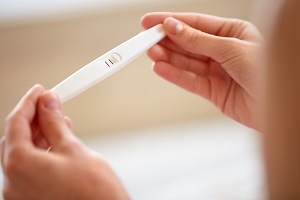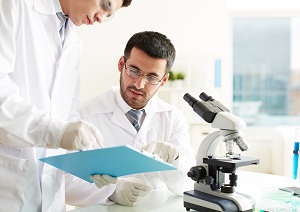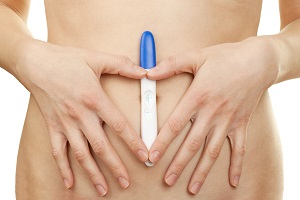One patient gave birth to a healthy baby boy at Antoine Béclère University hospital in Paris. The woman resorted to in vitro fertilization using frozen eggs five years earlier. The really exceptional thing, however, is that the eggs were immature at the time of collection.
Five years ago, the then 29-year-old patient had received a breast cancer diagnosis. Having to undergo chemotherapy, he had decided to freeze some still immature eggs. In this way, she could have tried to have children once she was cured of the disease. Having won the fight against cancer, the woman decided to become a mother.
The oocytes had been frozen with vitrification, a process that lowers the temperature instantly and minimizes cell damage. Before using in vitro fertilization, however, the eggs had to be mature. For this purpose, the doctors used a technique called "in vitro maturation" (IVM). This is the first reported success story.
Women who undergo chemotherapy have frozen their immature eggs for years. The canonical conservation treatments are in fact long and, in the worst cases, could accelerate the advancement of the tumor. Unfortunately, no one had reported success stories to date. The Parisian patient is the first woman to have used the technique and to have given birth to a healthy baby girl.
The baby was born at term, without complications neither during pregnancy nor afterwards. It therefore appears that doctors have found the right combination of treatments to preserve female fertility.
Source: annalsofoncology.org



















